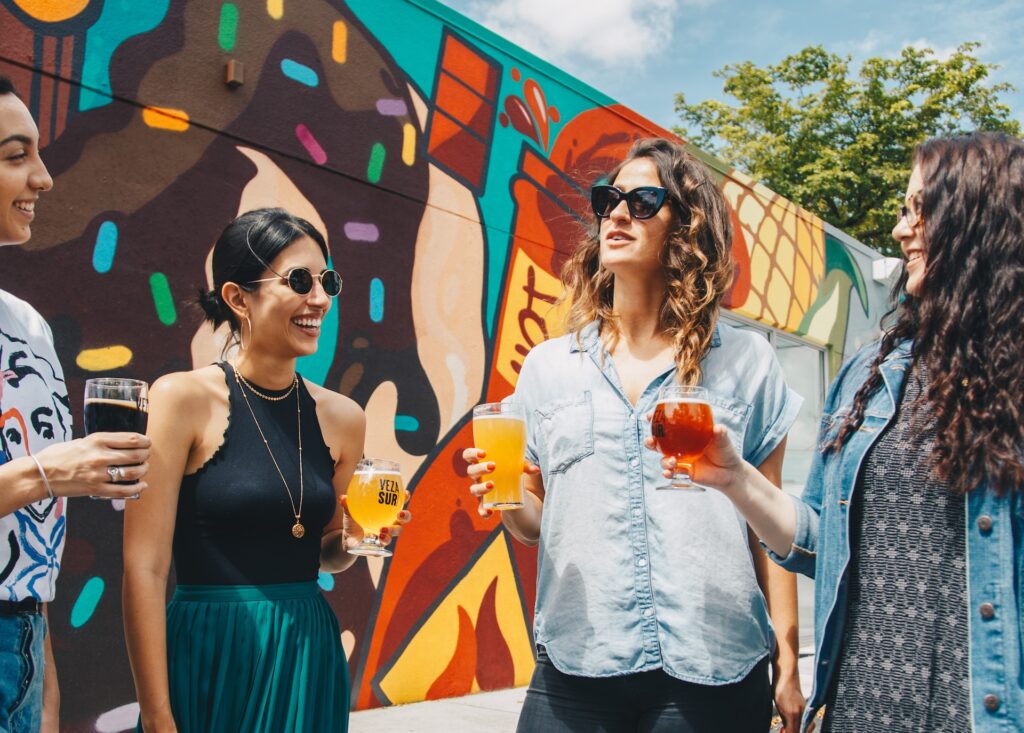Alcohol consumption varies greatly across different cultures, and understanding these cultural influences can provide insights into how we consume alcohol. This article will explore the cultural influences on drinking and how different societies view and consume alcohol.
Alcohol consumption is an integral part of many cultures around the world. Whether it’s a glass of wine at dinner or a pint of beer at the pub, alcohol has become a ubiquitous part of social life. However, the way that alcohol is viewed and consumed varies greatly across different cultures.
Drinking In Western Cultures
In Western cultures, alcohol is often seen as a social lubricant and a way to let loose and have fun. Drinking is a common activity at parties, bars, and restaurants, and is often associated with celebration and relaxation. However, excessive drinking can also lead to negative consequences such as impaired judgment and health problems.
Drinking In Eastern Cultures
In many Eastern cultures, alcohol consumption is less common and often limited to special occasions such as weddings and festivals. In some countries, such as Saudi Arabia and Iran, alcohol is illegal, and the consumption of it can lead to severe punishment. In other countries, such as Japan, drinking is more accepted but is often done in moderation and with a focus on etiquette and respect.
Drinking In Latin American Cultures
In Latin American cultures, alcohol consumption is often tied to socialising and celebrating. From tequila shots in Mexico to caipirinhas in Brazil, drinking is a common activity at parties and festivals. However, there is also a growing trend towards moderation and alcohol-free options, such as alcohol free margarita mix, as people become more health-conscious.
Religious & Spiritual Influences
Many religions and spiritual practices have specific views on alcohol consumption. For example, Islam prohibits the consumption of alcohol, while Christianity has a long history of wine consumption as part of religious rituals. In some indigenous cultures, alcohol is used as a sacrament in spiritual ceremonies. These religious and spiritual influences can greatly impact the way that alcohol is viewed and consumed in different societies.
Historical & Political Influences
Historical and political influences can also shape the way that alcohol is consumed and viewed in different societies. For example, in the United States, the Prohibition era of the 1920s led to a widespread attitude of abstinence, which still persists in some parts of the country today. In Russia, vodka consumption has been closely tied to national identity and pride, while in China, the consumption of baijiu (a traditional Chinese spirit) has been used as a way to strengthen business and political relationships.
Globalisation & Changing Attitudes

As cultures become more interconnected and globalised, the way that alcohol is consumed and viewed is also changing. There is a growing trend towards moderation and health-consciousness, with an increasing number of people choosing to drink less or not at all. In response, there has been a rise in the popularity of alcohol-free options, such as non-alcoholic beer and alcohol-free margarita mix.
Alcohol consumption is deeply intertwined with culture, religion, history, and politics. Understanding the cultural influences on drinking can provide insights into the way that alcohol is viewed and consumed in different societies. As attitudes towards alcohol continue to evolve, it’s important to be mindful of the impact that alcohol can have on our health and well-being. Whether you choose to drink or not, there are a growing number of alcohol-free options available, such as non-alcoholic beer and alcohol.




